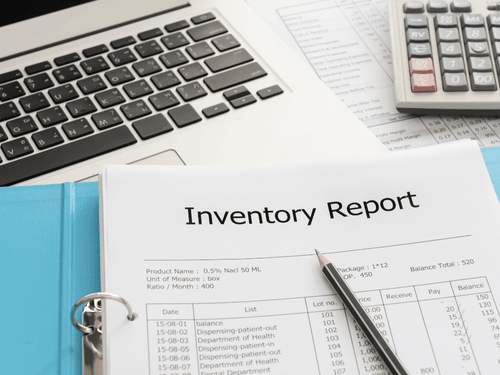Seasonal overstock can sneak up on even the most experienced retailers. It happens when you prep for a sales rush that never quite arrives, leaving you with piles of unsold inventory. The result? Clogged warehouse space, cash flow that won’t budge, and promotions that feel more like panic sales.
The issue isn’t just about too much stock—it’s about mismatched expectations. When your forecasting is off or your sales cycle slows, that extra stock becomes a liability. It drains warehouse efficiency, adds holding costs, and makes it harder to fulfill new orders quickly.
Why Seasonal Overstock Happens So Often
In fast-paced markets, it’s tempting to over-order just to be safe. But without accurate demand data, that safety net becomes a burden. Overstock is different from slow-moving stock—it’s often brand-new product that simply didn’t move as expected.
Common culprits include poor forecasting, reactive bulk buying, and a lack of real-time inventory tracking. Many businesses also fail to rotate older stock properly, letting last year’s leftovers pile up until they’re unsellable. When that happens, fulfillment operations suffer, and customer experience takes a hit.
The Smart Fix: Strategic Inventory Planning
Forecasting with Foresight

Your best defense is accurate demand forecasting. Historical data, seasonal trends, and promo calendars should all inform what you order—and how much of it. Integrating these insights into your inventory planning reduces guesswork and helps align stock with actual buying behavior.
Real-Time Inventory Tracking
You can’t fix what you can’t see. Cloud-based inventory systems give you live updates across warehouses, flagging when stock is moving too slow or piling up. These tools help you correct course before you’ve locked up too much capital in the wrong products.
Set Guardrails Before Things Go Sideways
Min-max thresholds keep teams in check. When you hit the upper limit, automated alerts can trigger reorder holds. And when you hit the minimum, the system cues replenishment—ensuring that your inventory levels stay balanced without manual oversight.
Just-In-Time Inventory: A Leaner Approach
For short seasonal windows, just-in-time inventory methods can keep you light and responsive. With the right suppliers and logistics in place, you can avoid bloated stockpiles while still meeting demand. It’s not for every product or campaign, but it works well when timing and visibility are sharp.
Make Stock Audits Routine
If your physical inventory doesn’t match what’s in your system, it’s hard to plan anything. Regular stock audits help you spot inaccuracies, find bottlenecks, and eliminate SKUs that aren’t pulling their weight. The more often you check, the less likely you are to be blindsided by outdated reports.
Categorize for Better Control
ABC classification helps you focus attention where it matters. “A” items are your best-sellers and deserve tight tracking, while “C” items might be perfect candidates for seasonal discounts. This method sharpens your ability to act quickly and free up space when needed.
Clear the Excess Before It’s Too Late
Sitting on unsold holiday stock in March is a waste. Bundles, giveaways, and even donations are smarter moves than letting seasonal products decay in a dusty corner. Make space now so your fulfillment operation stays nimble for the next sales cycle.
How Fulfillment Partners Help You Stay Lean

Working with a fulfillment service provider can dramatically improve your seasonal inventory strategy. From shared warehousing to flexible storage options, you only pay for what you actually need—when you need it. That alone reduces the pressure to over-order.
These partners also provide inventory tracking systems, analytics dashboards, and forecasting insights based on multi-client data. That means you’re not guessing alone—you’re making smarter decisions with help from people who see these patterns every day.
Your Outcome: Faster Turns, Less Waste, Happier Customers
When your inventory strategy is on point, everything else flows better. Orders get out faster, space is used more efficiently, and customer service teams aren’t drowning in refund requests. You’ll also improve your inventory turnover rate and reduce the need for heavy discounting post-season.
Smarter planning helps you move with confidence into peak periods. Instead of worrying about warehouse capacity or stale stock, you’re focusing on growth and customer experience. That’s what efficient inventory looks like in practice.
Let’s Plan Your Next Season Smarter
If you’ve been caught off-guard by overstock in the past, now’s the time to reassess. Don’t wait until shelves are overflowing. Let’s review your seasonal inventory strategy together and find the gaps before they become roadblocks.

